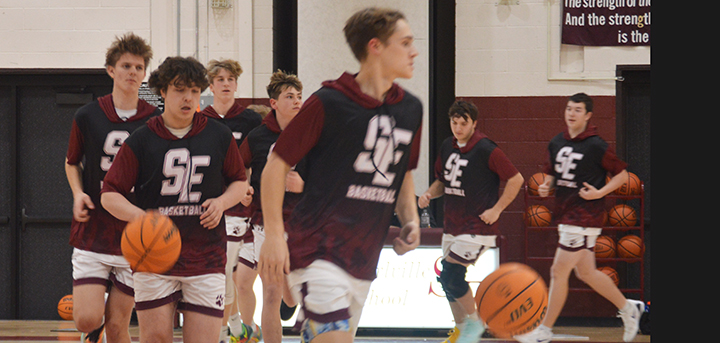Off the Map: Week 2 - Hail freezes over
I already had a bad feeling about this mountain, even before the thunderstorm struck and coated the slopes with a treacherous layer of hailstones. I emerged from my tent beside Lake Como and surveyed the 14,037-foot summit with a grim eye. There was nothing little about Little Bear Peak. It was grey, formidable, and the easiest way to the top was described as possibly the most difficult standard Fourteener route out of the 53 highest peaks in the Rockies. And that’s without the extra ice.
At least my immediate surroundings were more pleasant. My tent was pitched beside a decrepit log cabin with a collapsed roof – one of the few distinguishable remains of the gold mining town of Commodore. I’d arrived with my backpack yesterday and was immediately greeted by the natives, who were all interested in the food I’d hauled up from the valley floor. A ground squirrel hopped into my pack cover and discovered the peach hidden there. I chose to wash it off and finish what was left. Clark’s Nutcrackers flew in and chased away a curious chipmunk, but they couldn’t figure out to get into my food bag once I hung it on a line between the cabin walls.






Comments